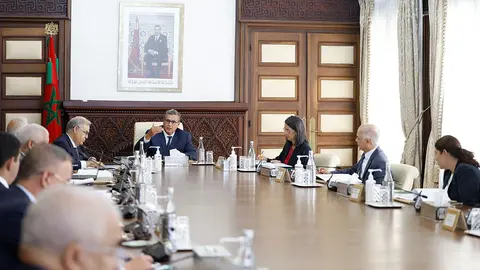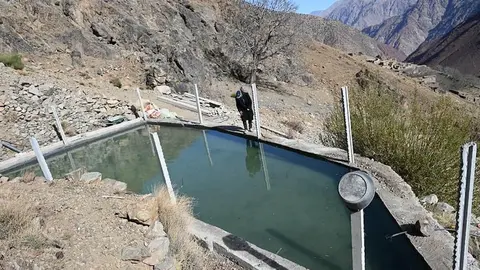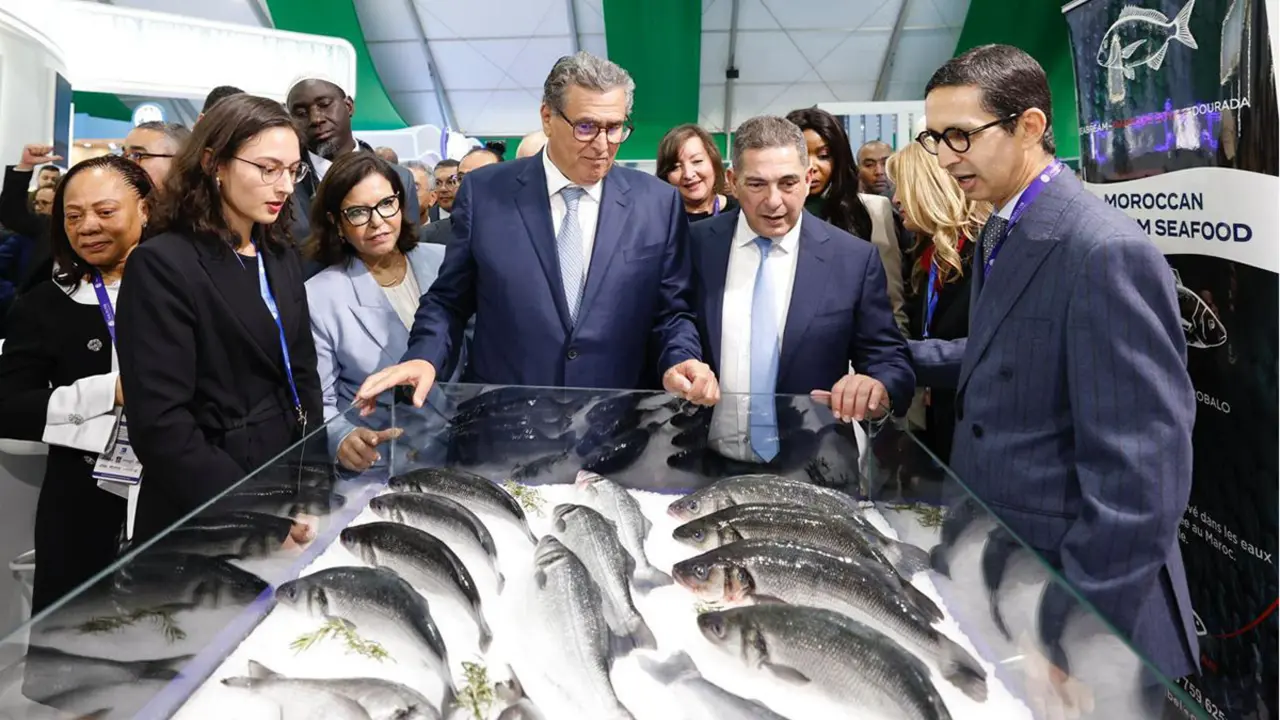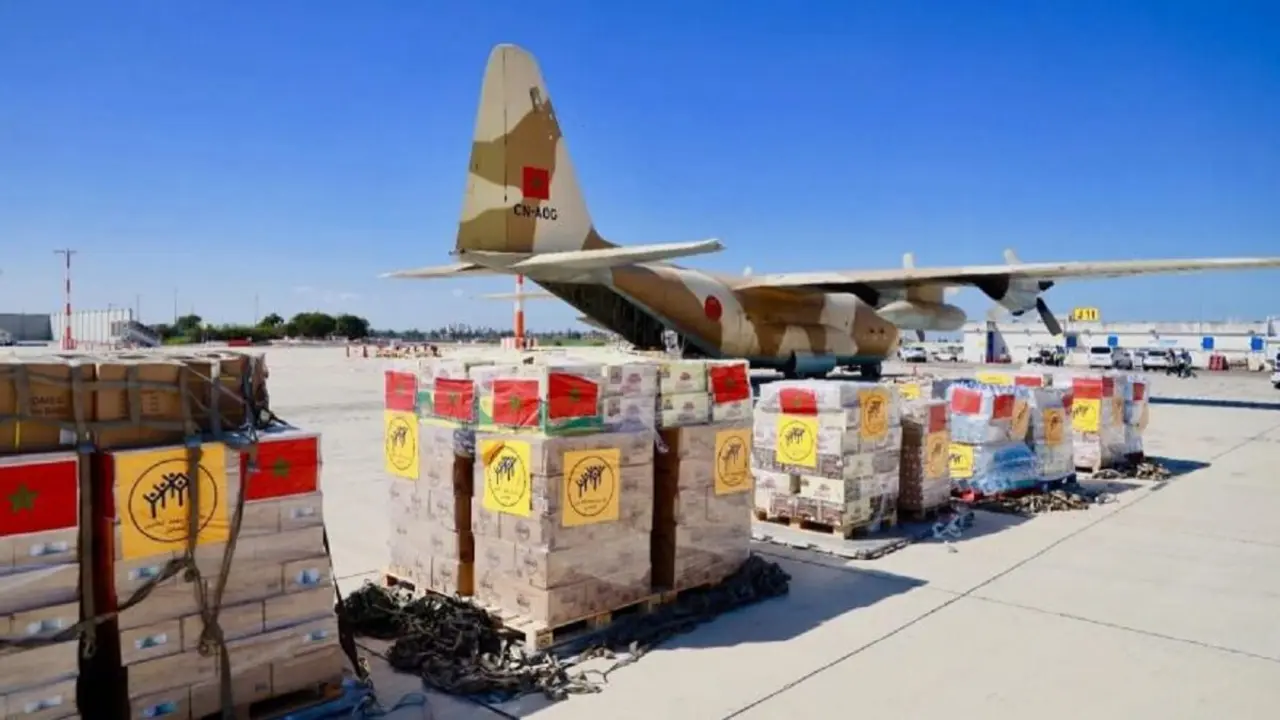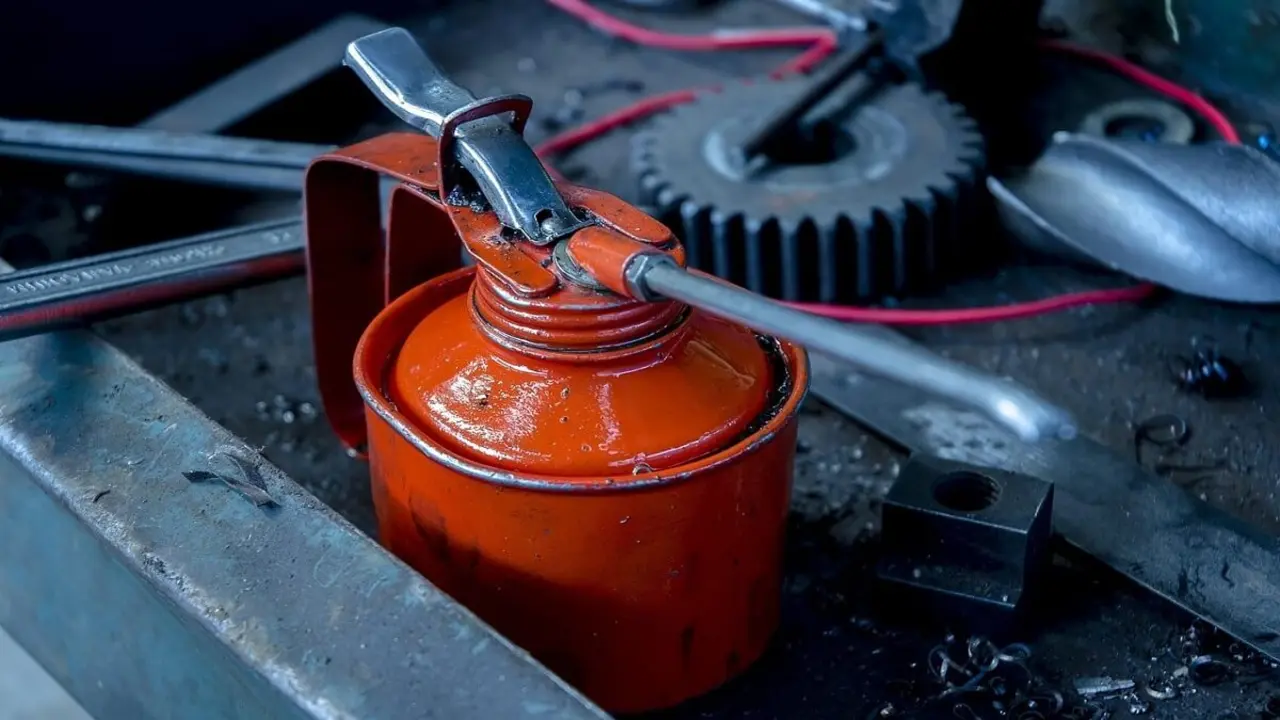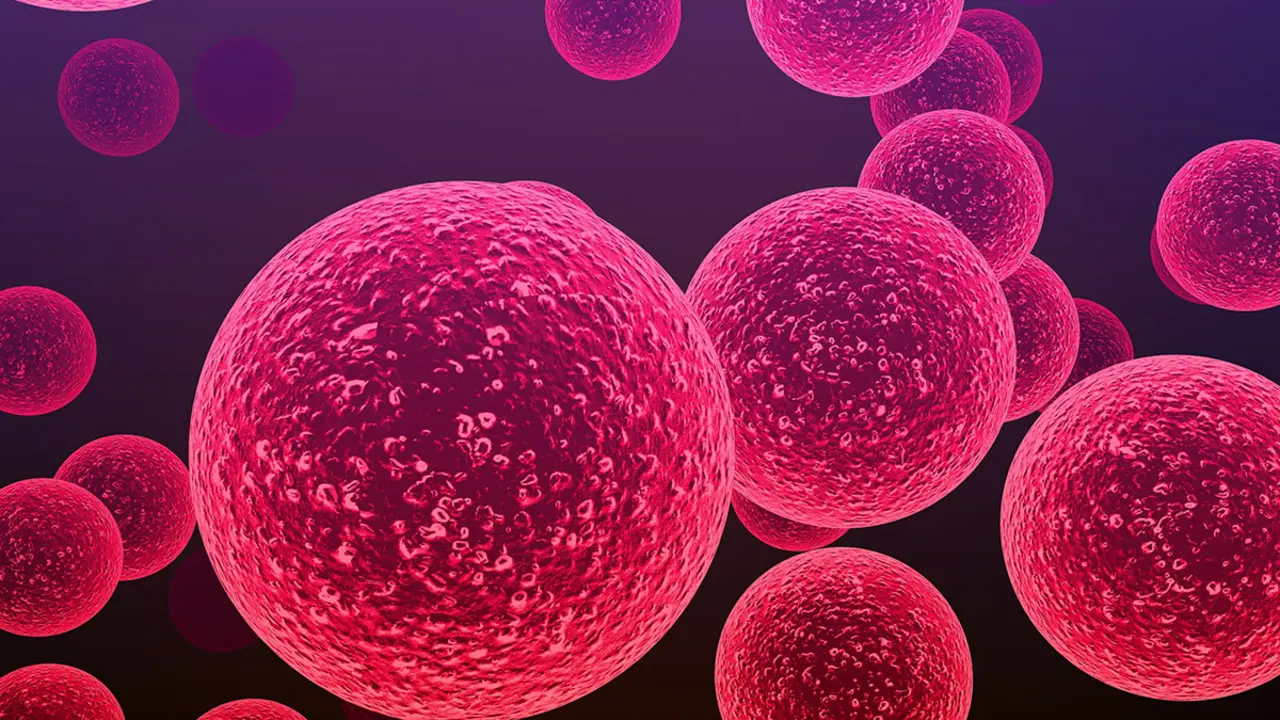Morocco's agricultural water reserves reach 26%
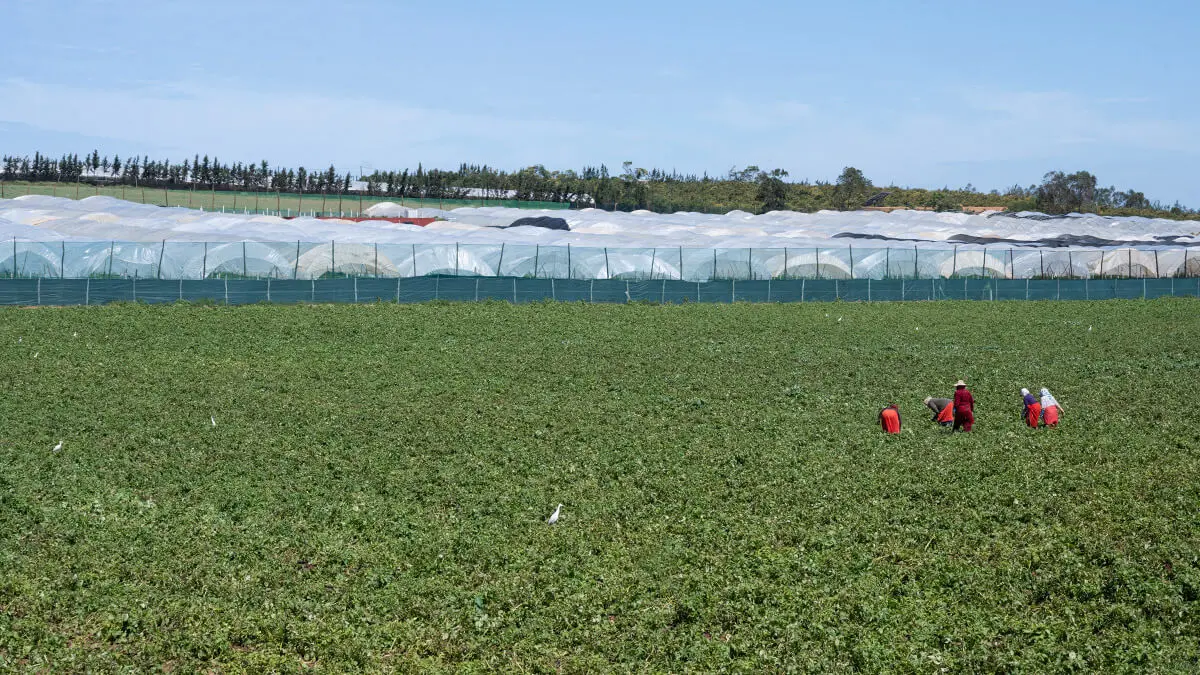
Morocco's agricultural dams currently store 3.71 billion cubic metres of water, equivalent to a filling level of 26%, according to data revealed by Ahmed El Bouari, Minister of Agriculture, during a parliamentary session this week.
As he explained, 70% of these water reserves are in the Sebou and Loukkos basins. In addition, 722 million cubic metres of water have been earmarked to support large-scale irrigation areas. In this regard, irrigation activities are underway in the regions of Loukkos, Gharb, Moulouya, Tafilalet and Ouarzazate, although the Tadla region is operating at reduced levels.
These initiatives currently cover 52% of Morocco's irrigated agricultural land. However, regions such as Doukkala, Al Haouz and Souss-Massa remain dependent on an increase in dam reservoirs to activate their irrigation programmes.
The Moroccan government has implemented various measures to address water shortages in irrigated regions, with the aim of optimising water use and ensuring the success of the current agricultural season, El Bouari recalled.
The minister also highlighted Morocco's efforts to accelerate seawater desalination projects, with the aim of producing more than 1.7 billion cubic metres of desalinated water by 2030. This initiative aims to supply coastal cities and alleviate pressure on traditional water sources, allowing these resources to be redirected to agriculture.
One of the key projects, the Dakhla desalination plant, with an annual capacity of 37 million cubic metres, has already reached 70 per cent completion. According to the minister, another plant under construction in Casablanca will supply 300 million cubic metres per year, of which 50 million cubic metres will be used specifically for irrigation.
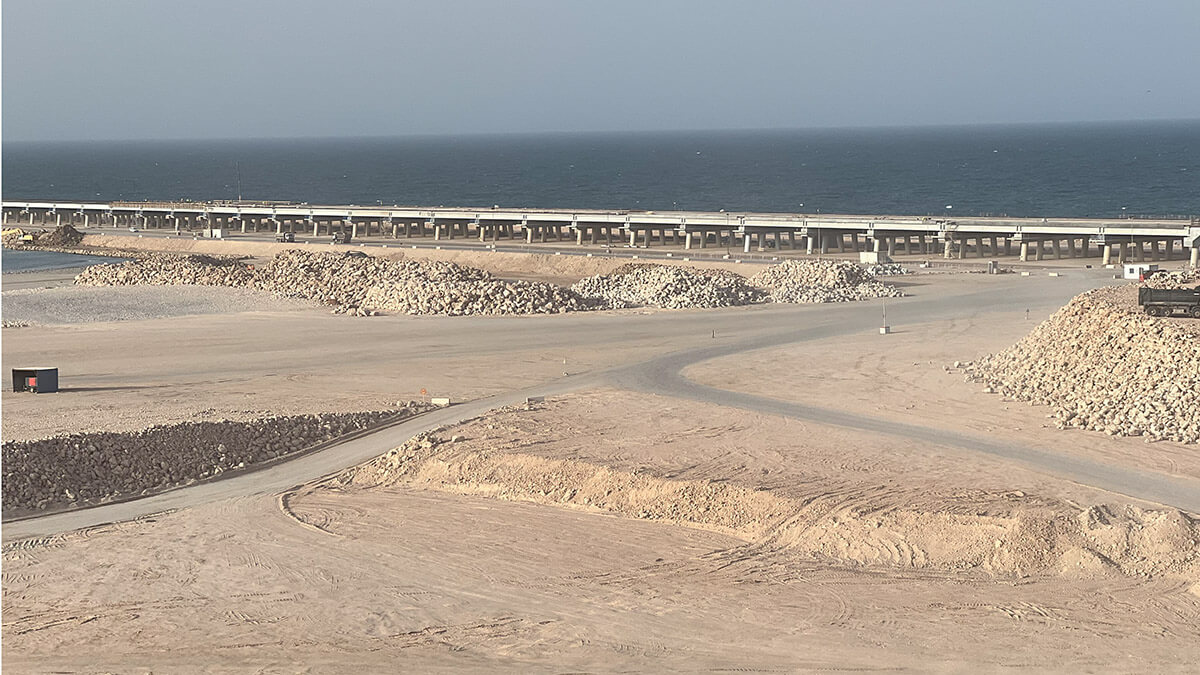
El Bouari detailed future desalination projects planned in several regions, including a 300 million cubic metre desalination plant in the Eastern region, of which 160 million cubic metres will be used for agriculture, a 150 million cubic metre desalination plant in Tangier, a 300 million cubic metre facility in Rabat, projects in Oum Er-Rbia and Tensift - each with a capacity of 300 million cubic metres for irrigation - and a large plant in Souss-Massa with a capacity of 350 million cubic metres, of which 250 million cubic metres will be used for agriculture.
In addition to these initiatives, medium-sized desalination stations are also planned for Boujdour, Tan-Tan and the surrounding areas.
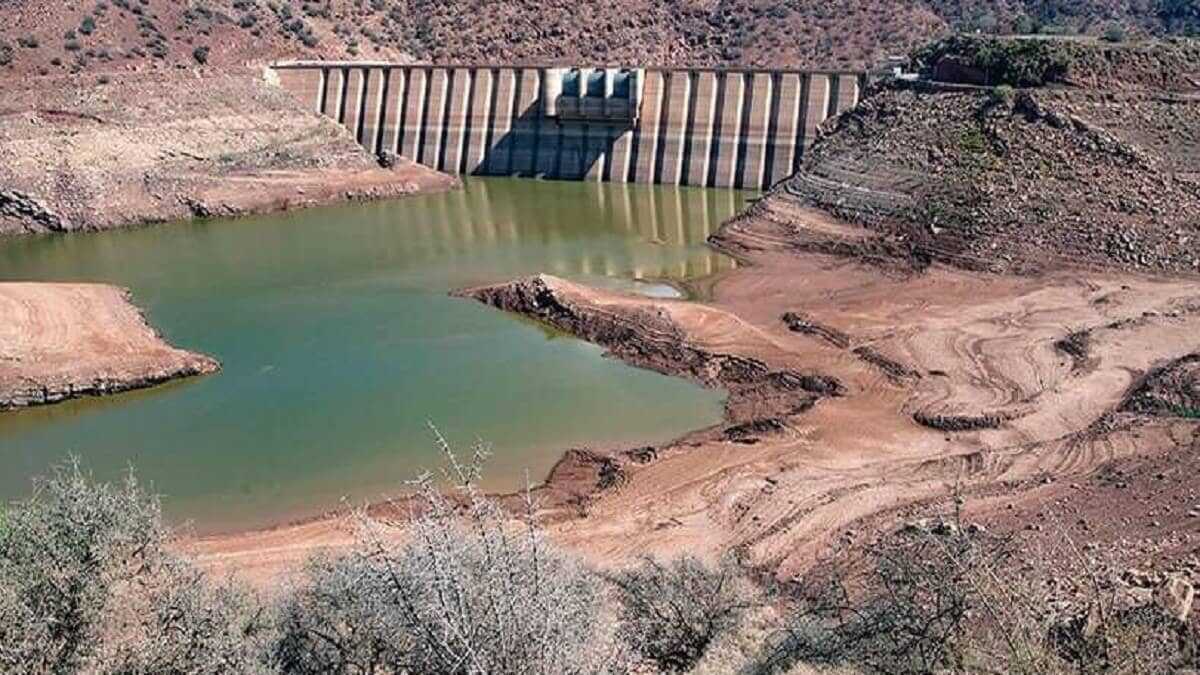
El Bouari praised the rapid progress of projects aimed at connecting the main river basins. In just ten months, Morocco created a key phase linking the Sebou and Bouregreg basins, allowing the transfer of more than 580 million cubic metres per year.
Similarly, the project to connect the Oued El Makhazine and Dar Khrofa dams is nearing completion, which will supply 100 million cubic metres per year and cover 21,000 hectares in the Dar Khrofa region.
These efforts underline Morocco's determination to tackle the current water crisis while ensuring agricultural productivity and promoting sustainable water resource management.

